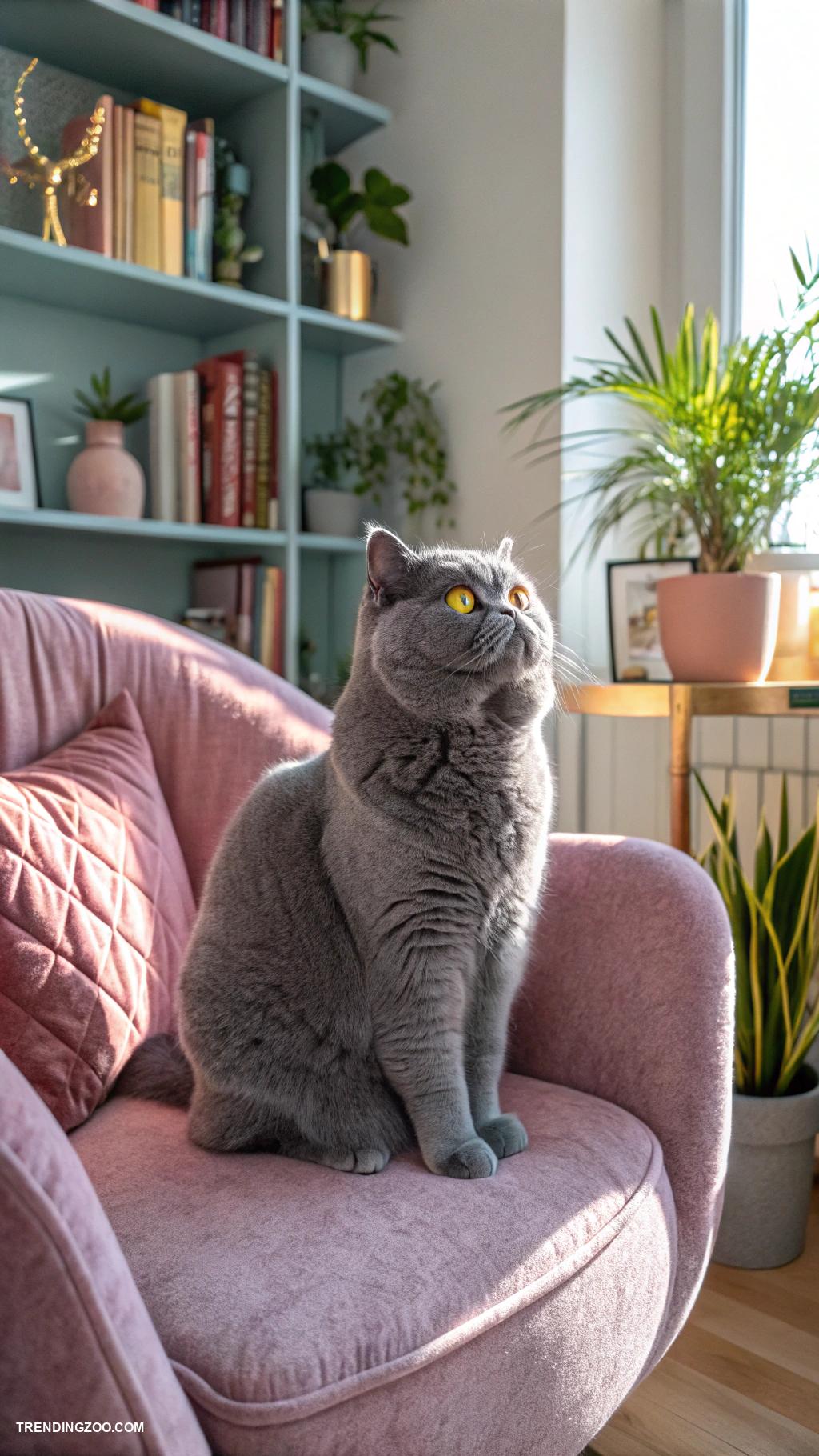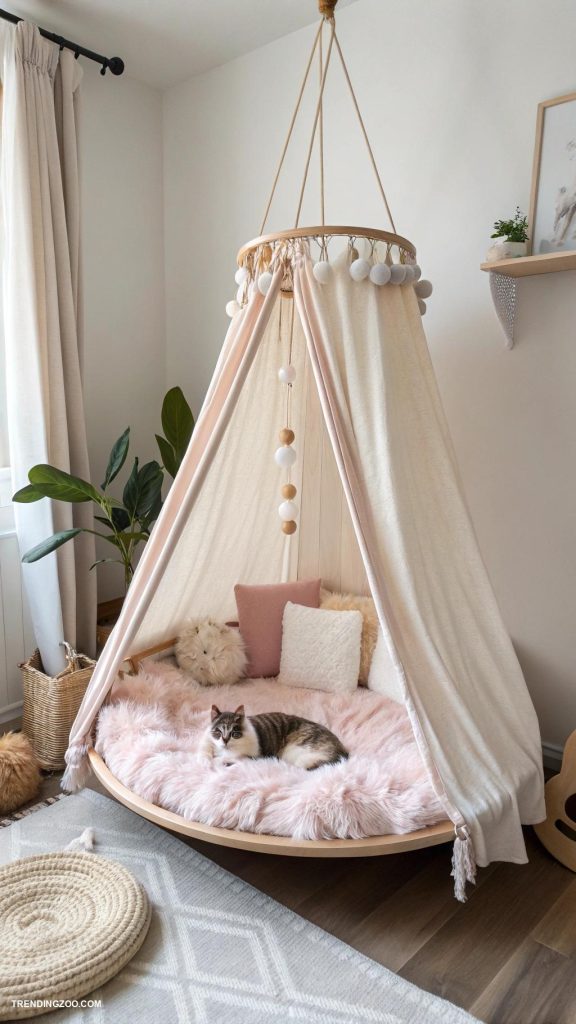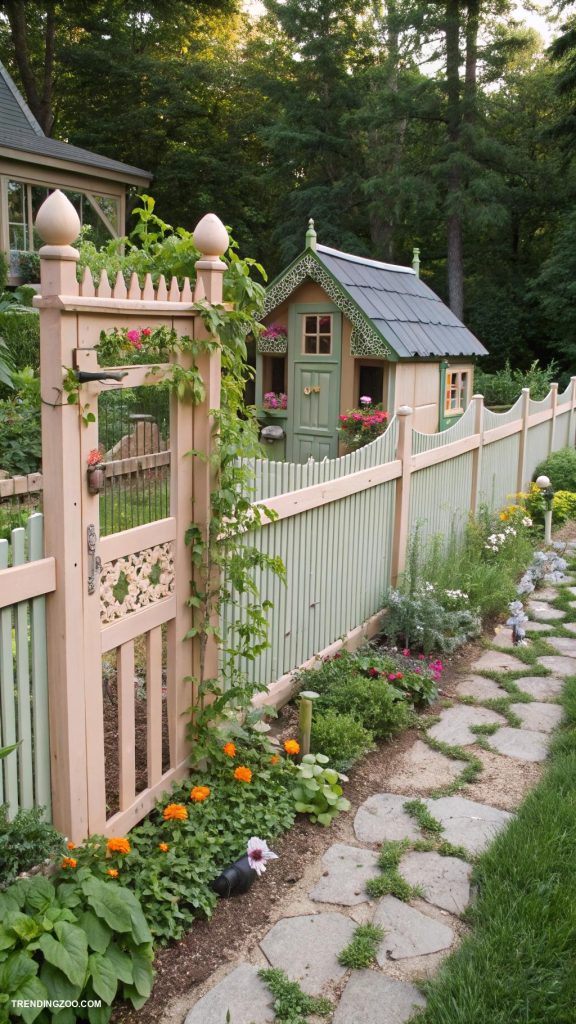With their sturdy build, short coats, and endearing faces, British Shorthairs have captured the hearts of feline enthusiasts around the world. Originating from the foggy streets of England, this ancient breed has a rich history dating back to the 19th century, when they were prized for their hunting prowess and affectionate nature.
Today, British Shorthairs are a beloved companion breed, renowned for their easy-going temperament, playful personalities, and low-maintenance grooming. Whether you’re a seasoned cat owner or a newcomer to the world of felines, the British Shorthair is a breed that’s sure to delight and charm, making them a purrfect addition to any family.
History and Origins of the British Shorthair
The British Shorthair is an ancient and iconic breed of domestic cat that has its roots in the United Kingdom. The earliest recorded history of the breed dates back to the 1st century AD, during the Roman occupation of Britain. It is believed that the British Shorthair descended from the cats brought to Britain by the Romans, who valued them for their hunting skills and companionship.
Over the centuries, the breed developed and thrived, becoming a beloved and integral part of British culture. By the 18th century, the British Shorthair had become a distinct breed, characterized by its sturdy build, short coat, and broad face.
The breed’s popularity continued to grow, and by the early 20th century, the British Shorthair was recognized as a distinct breed by the Governing Council of the Cat Fancy, the UK’s leading cat breed association. Despite its long history, the British Shorthair remains a popular and beloved breed, cherished for its gentle nature, playful personality, and striking appearance.
Physical Characteristics and Appearance
The British Shorthair is a sturdy and compact breed, with a broad chest and strong legs. Their medium-length coat is one of their most distinctive physical characteristics, with a short, dense undercoat and a smooth, glossy outer coat that comes in a wide range of colors and patterns. The most common colors are blue, chocolate, lilac, and red, with or without white, but the breed also comes in a variety of tabby patterns, including classic, mackerel, and tortoiseshell.
Their face is broad and rounded, with a short, snubbed nose and large, wide-set eyes that are often described as “copper” or “gold” in color. Their ears are medium-sized and rounded at the tips, and their tail is short and stubby. Overall, the British Shorthair has a solid, compact body that is both sturdy and elegant, with a calm and confident demeanor that is reflected in their appearance.
Personality Traits and Temperament
When it comes to the British Shorthair breed, one of the most striking aspects of their nature is their distinct personality traits and temperament. Known for their laid-back and easy-going demeanor, British Shorthairs are often described as calm, gentle, and affectionate.
They are not as demanding as some other breeds, and they are generally happy to just lounge around the house, enjoying the company of their human family. In fact, they are often described as having a “laid-back” or “laid-back-lazy” personality, meaning they are content to just chill out and relax. This makes them an excellent choice for busy households or for those who don’t have a lot of time to devote to intense training or exercise.
Despite their relaxed nature, British Shorthairs are also known for their playful and curious sides, and they love to explore and investigate their surroundings. They are also known for their loyalty and devotion to their human family, and they make great companions for those who appreciate their gentle and affectionate nature. With their unique blend of laid-back calmness and playful curiosity, the British Shorthair is a breed that is sure to charm and delight any cat lover.
Care and Maintenance Requirements
As a responsible pet owner, it’s essential to understand the care and maintenance requirements for your British Shorthair cat. These stunning felines are known for their easy-going nature, but they still need regular attention to stay happy and healthy.
Daily grooming is crucial, as their short, dense coats require occasional brushing to remove loose hair and distribute skin oils. A soft-bristled brush or a grooming glove is ideal for this task, and it’s recommended to do it for around 10-15 minutes, 2-3 times a week. Additionally, British Shorthairs are prone to shedding, especially during seasonal changes, so be prepared for some extra vacuuming and lint-rolling.
Their ears and eyes also require regular care. Clean their ears weekly with a damp cloth or a pet ear cleaner to remove dirt and wax, and gently wipe their eyes with a damp cloth to remove any dirt or discharge. Nails should be trimmed every 4-6 weeks to prevent overgrowth, which can cause discomfort and health issues.
Finally, it’s vital to keep their litter box clean and hygienic. Scoop out solid waste daily, and change the litter completely every 7-10 days to prevent bacterial growth and odors.
Common Health Issues in British Shorthairs
As a beloved breed, British Shorthairs are generally a hardy and resilient bunch, but like all cats, they are not immune to certain health issues. One of the most common health concerns affecting British Shorthairs is polycystic kidney disease, a genetic disorder that affects the kidneys and can lead to kidney failure if left untreated.
Another common issue is hypertrophic cardiomyopathy, a heart condition that can cause thickening of the heart muscle and potentially lead to heart failure. British Shorthairs are also prone to hip dysplasia, a genetic condition that can cause arthritis and mobility issues.
Some British Shorthairs may be born with congenital defects such as cataracts or patellar luxation, which can affect their eyes and joints, respectively. Regular veterinary check-ups and a healthy lifestyle can go a long way in helping to prevent or manage these conditions, and responsible breeding practices can also help to reduce the incidence of these health issues in the breed.
Nutrition and Diet Recommendations
When it comes to the British Shorthair breed, nutrition and diet play a crucial role in maintaining their overall health and well-being. As a breed prone to obesity, it’s essential to monitor their food intake and ensure they’re receiving a balanced diet.
British Shorthairs are known for their love of rich and flavorful foods, but this can sometimes lead to overeating. To combat this, it’s recommended to feed them a high-protein, moderate-fat diet that’s rich in omega-3 fatty acids to support their skin and coat health.
Wet food is often preferred over dry food, as it’s more nutrient-dense and can help to keep them hydrated. A general rule of thumb is to feed them 2-3% of their body weight in food per day, divided into two to three meals. However, it’s always best to consult with a veterinarian to determine the ideal diet for your individual cat, as they can provide personalized recommendations based on your cat’s age, size, and health status.
It’s important to keep an eye on treats, as they can quickly add up and contribute to weight gain. By providing a well-balanced diet and monitoring their food intake, you can help your British Shorthair live a long, healthy life.
Training Tips for British Shorthair Cats
When it comes to training your British Shorthair cat, it’s essential to remember that they can be a bit stubborn at times. However, with patience, consistency, and positive reinforcement, you can encourage good behavior and strengthen your bond with your feline friend.
One of the key tips is to start training early, ideally from kittenhood, as this will help shape their behavior and make them more receptive to new habits. Reward your British Shorthair with treats and praise when they exhibit desired behavior, such as using a litter box or coming when called. Be sure to use a variety of treats and toys to keep training sessions engaging and fun.
Another important aspect is to establish a routine, as British Shorthairs thrive on predictability and structure. Set a regular feeding schedule, playtime, and sleep routine to help your cat feel secure and comfortable.
Additionally, consider incorporating interactive toys and puzzle toys to challenge your cat’s problem-solving skills and keep them mentally stimulated. By following these training tips, you can help your British Shorthair develop good habits and a strong connection with you.








